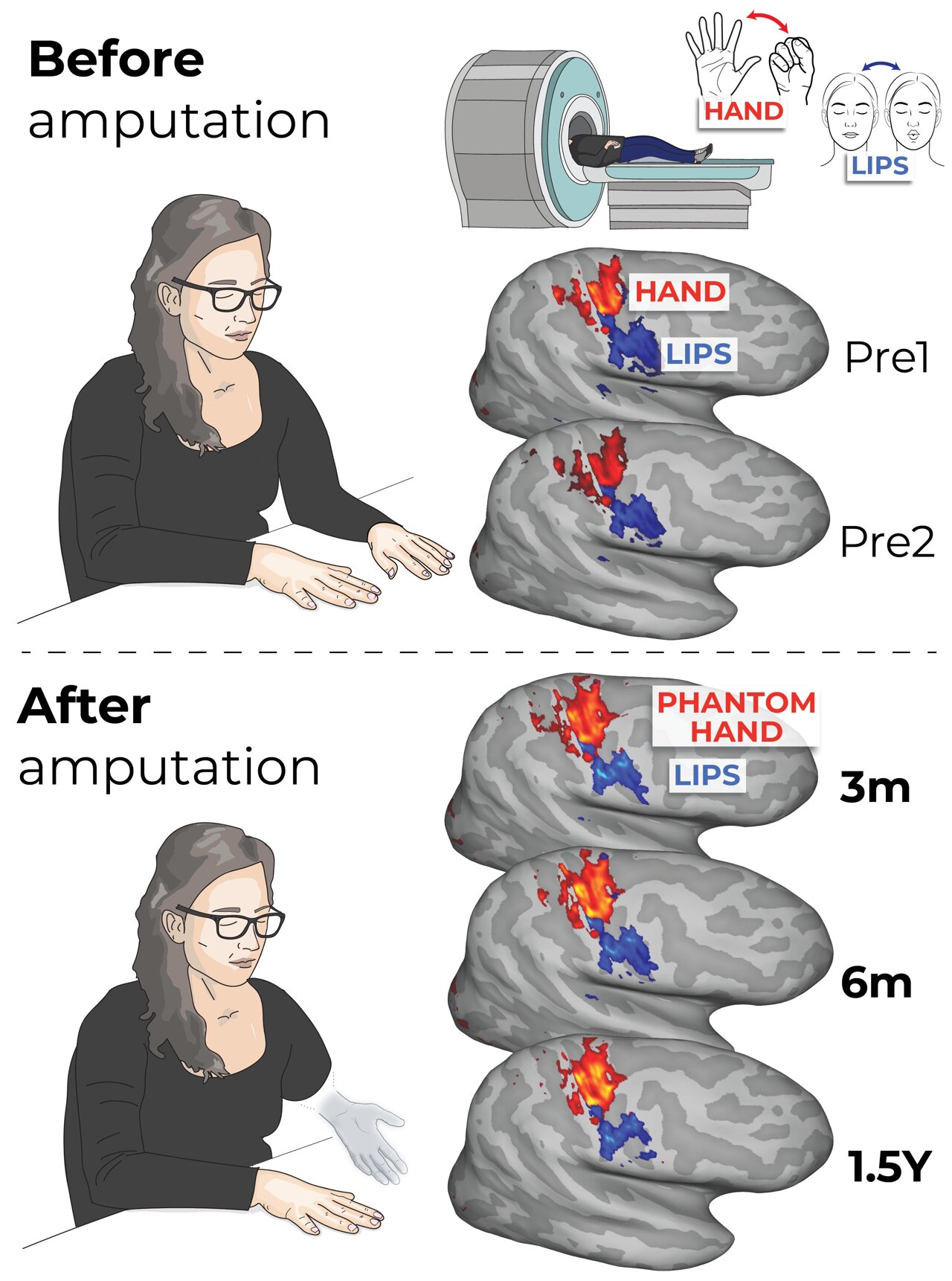Nurse Reveals Warning Signs of Power of Attorney Abuse

The Importance of Power of Attorney in Retirement Planning
As a nurse, I’ve seen firsthand the critical need for power-of-attorney paperwork. Wealth does not protect you from the challenges that come with aging. Someone with just Social Security in retirement may end up in a facility at the bottom of the barrel, while someone with assets should be able to enjoy the best care available. Even if someone has millions in retirement, that won’t prevent them from being trapped in a hospital, especially if they’re single.
The issue arises when people suddenly lose their capacity for decision-making, and it can take up to a year to get a guardian in place through the court system. During this time, a person who could be enjoying a high-quality memory-care center or assisted living is stuck in a hospital room. Their health deteriorates quickly because people are not meant to be staring at the same four walls for an entire year with minimal activities.
Warning Signs and Common Scenarios
If a person is married, their spouse can help, but many older individuals have lost their spouses, leaving them without an advocate. In some cases, both spouses may become incapacitated at the same time. The stress of one spouse’s sudden decline can be the tipping point for the other.
There are several scenarios where power of attorney becomes essential. For example, I take care of people who should be able to enjoy assisted living but are stuck in the hospital because they can no longer manage their affairs safely. They now need a guardian appointed, which is a terrible situation. It’s even worse when they have the means to live in a good place but are forced into a subpar environment due to lack of proper planning.
Another concern is the potential abuse of power by those given power of attorney. Children, for instance, may act in their own interest rather than their parents’. I’ve seen cases where children neglected their parents, tried to sell their homes, and took their money. Alternatively, a child might choose the cheapest option for their parent to preserve their inheritance, rather than the best quality care.
Choosing the Right Agent
It’s crucial to choose the right agent for power of attorney. Just because someone is your child doesn’t mean they’re ethical. My stepmother handled her mother’s retirement correctly by selling her house and putting the money into the highest-quality memory-care center in our area. She spent her last two years enjoying life, socializing, and not being trapped in a poor nursing home.
As a healthcare provider, it’s heartbreaking to see people leave the hospital in dire situations. However, this is not uncommon. Too many children focus on what will be left for them instead of worrying about their parents’ well-being.
Risks and Realities of Power of Attorney
When you give someone power of attorney, you are putting your life in their hands. A durable power of attorney allows the trusted individual (the agent) to retain power even after the principal becomes incapacitated. A general power of attorney expires when the principal loses mental capacity. Guardians, on the other hand, are appointed by the courts and have immense powers.
A safety measure is setting up a dual power of attorney, appointing two or more agents. This helps prevent any single person from having too much control. However, it's easy for a child to convince their parents, in a vulnerable moment, to sign a POA document. The person holding the power is not under the same court jurisdiction as a guardianship or conservatorship, making it vulnerable to abuse.
Cases of Abuse and Legal Considerations
There is limited empirical data on elder abuse, but anecdotal information highlights the problem. The U.S. Senate Special Committee on Aging and the U.S. Government Accountability Office have pointed out the prevalence of such issues. For example, a son liquidated his mother’s 401(k) to pay for her nursing home and kept the rest of the money. Another case involved a woman stealing her sister’s Social Security number and persuading her husband to sign away his power of attorney.
In another recent case, a woman believed she had her mother’s power of attorney, but her mother’s adviser convinced her to change beneficiaries on several accounts. If the mother was incapacitated, the letter writer would need to petition the courts for guardianship or conservatorship.
How to Choose a Good Agent
Choosing the right agent is vital. If there is any doubt that a relative might self-deal, they should be excluded from your plans. Czepiga Daly Pope & Perri, a law firm with offices across Connecticut, advises clients to choose wisely when setting up a power of attorney. They emphasize that while it is a wonderful tool in the hands of a trustworthy person, it can also be dangerous in the wrong hands.
They recommend choosing someone who is trustworthy, fair-minded, understands their duties, and is committed to taking those duties seriously. Never forget that you are giving your agent access to your checking and savings accounts and other assets.
Final Thoughts
Not choosing anyone to have power of attorney or not setting up an advance healthcare directive can leave a person in a vulnerable situation for months while the state appoints a guardian. I hope others can learn from what I have witnessed. It’s important to plan ahead and make informed decisions to ensure the best possible care for yourself and your loved ones.



